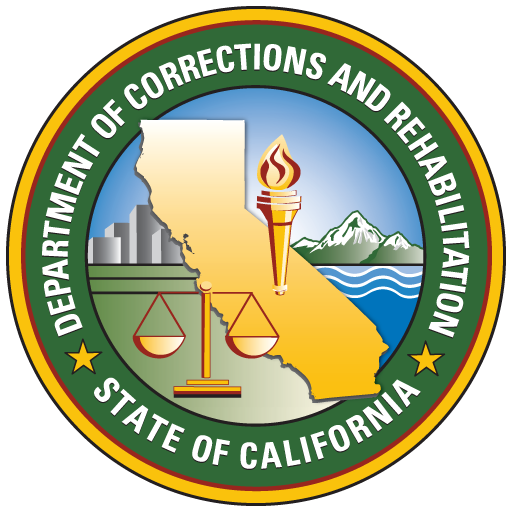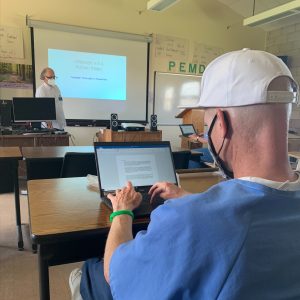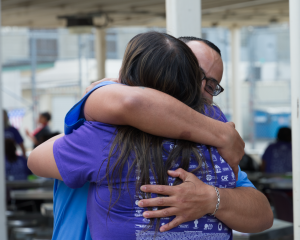
DRP is a branch of the California Department of Corrections and Rehabilitation (CDCR).
An incarcerated person who is serving their time on good behavior has access to many rehabilitative services and programs. These needs may include: education, job training, and anger management counseling — just to name a few. Depending on where someone is in their sentencing, the options for rehabilitative services may vary.
Mission
To facilitate the successful reintegration of the individuals in our care back to their communities equipped with the tools to be drug-free, healthy, and employable members of society by providing education, treatment, rehabilitative, and restorative justice programs, all in a safe and humane environment.
Values
DRP operates under three core values: quality, resources, and performance.
- Quality: Ensures all DRP programs provide the necessary value, maximizing use of state funds, creating a safe prison environment, and effectively reducing recidivism.
- Resources: Ensure DRP maximizes all resources, providing the most effective programming.
- Performance: Monitor key performance indicators such as program completions, attendance, certifications, learning gains, and fidelity.
These guiding values provide a framework for DRP executives and staff as they work toward creating a “Roadmap to Rehabilitation”. Such a roadmap begins the day an incarcerated person is admitted to state prison and continues through their release to county jurisdiction or until the end of their parole supervision. A Roadmap to Rehabilitation is an essential element in navigating a productive and crime-free life. Essential to DRP’s success are partnerships with the Division of Adult Institutions (DAI), the Division of Adult Parole Operations (DAPO), and Enterprise Information Systems (EIS). A renewed and focused partnership removes duplication processes and procedures, combines necessary resources, and breaks down perceived silos that create inefficiencies.
In-Prison Programs
Focusing on Cognitive Behavioral Interventions, pre-release education, planning, skills, and acquiring a California identification card.
Pre-Release Community Programs
Allowing eligible people committed to state prison to serve the end of their sentences in the community, instead of an institution.
After-Prison Programs
Providing transitional and supportive services to parolees.
More DRP Resources
Still Have Questions?
If you need further information or assistance with DRP-related programs and services, please phone, email, or mail our division.



